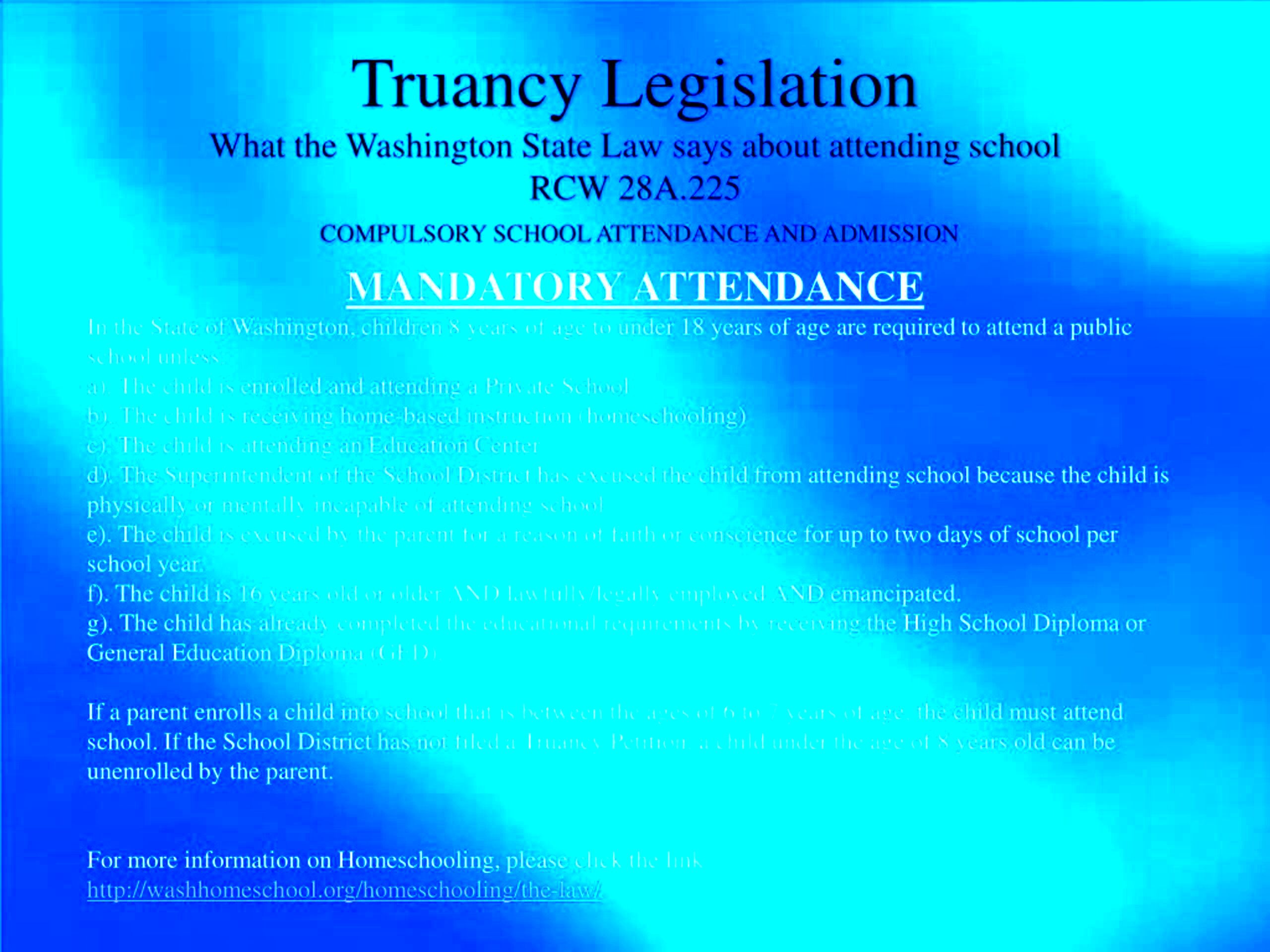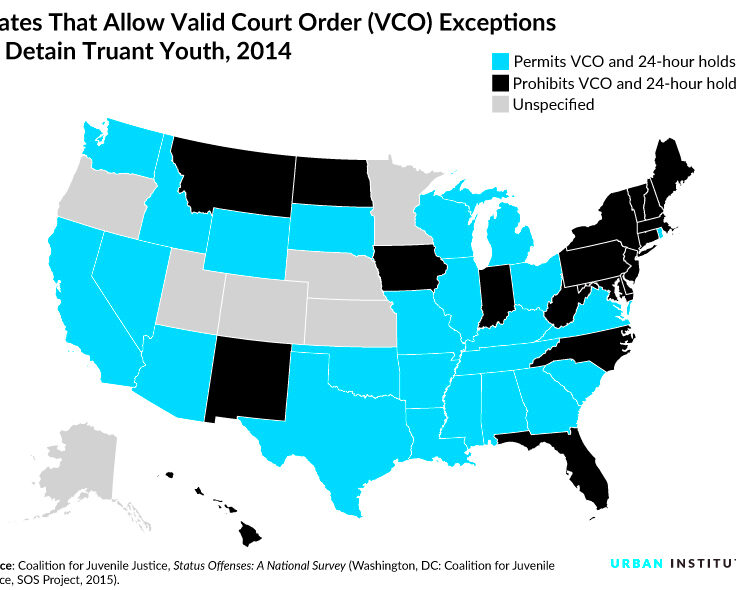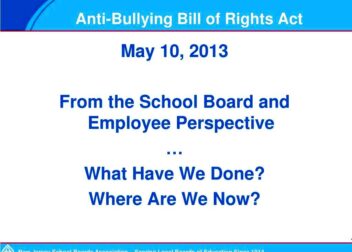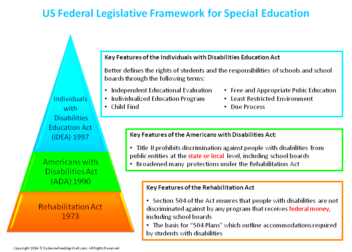Understanding Connecticut Truancy Laws
Truancy refers to a student’s absence from school without a valid excuse. In Connecticut, the laws regarding truancy are quite clear. A student is considered truant if they miss:
- Four unexcused absences within a month
- Ten unexcused absences during a school year
Unexcused absences can occur for various reasons, such as skipping school, failing to attend, or not having a legitimate reason for missing class. The purpose of truancy laws is to ensure that children receive an education and to promote regular school attendance.
Legal Obligations of Parents and Schools

In Connecticut, both parents and schools have specific legal responsibilities when it comes to student attendance. Here’s a breakdown of those obligations:
- Parents:
- Ensure their child attends school regularly.
- Communicate with the school about their child’s absences.
- Provide valid reasons for any absences.
- Schools:
- Monitor student attendance and report unexcused absences.
- Contact parents when a student is truant.
- Implement interventions to encourage attendance, such as meetings with families.
By fulfilling these responsibilities, both parents and schools contribute to a supportive environment for students, helping to prevent truancy.
Consequences of Truancy in Connecticut
Truancy can lead to serious consequences for students and their families in Connecticut. Here are some potential outcomes:
- Academic Consequences:
- Students may fail classes due to excessive absences.
- Truancy can hinder a student’s progress toward graduation.
- Legal Consequences:
- Parents may face fines for their child’s truancy.
- Repeated offenses could lead to a court appearance.
- Social Consequences:
- Students may miss out on important social interactions with peers.
- Truancy can impact a student’s self-esteem and motivation.
Understanding these consequences is vital for parents and students to emphasize the importance of regular school attendance and to seek help if needed.
Steps Taken by Schools to Address Truancy
Schools in Connecticut take truancy seriously and implement various strategies to address and reduce unexcused absences. The aim is to create a supportive environment where students feel motivated to attend classes. Here are some of the common steps taken by schools:
- Monitoring Attendance:Schools keep track of student attendance meticulously. They record daily attendance and follow up on any unexcused absences promptly.
- Communication with Parents:When a student is truant, schools often reach out to parents. They may send letters or make phone calls to inform them of the absences and discuss possible reasons.
- Intervention Programs:Schools may establish intervention programs tailored to address truancy. These can include:
- Counseling sessions for students struggling with attendance.
- Family support services to assist parents in understanding their child’s needs.
- Attendance Meetings:Schools often hold meetings with students and their families to discuss attendance issues. During these meetings, they aim to identify barriers to attendance and develop solutions together.
- Collaboration with Community Resources:Schools may partner with local organizations to provide additional support. These resources can include mentoring programs, mental health services, and educational workshops.
Through these proactive measures, schools work to ensure that students stay engaged and committed to their education.
Role of the Juvenile Court in Truancy Cases
The juvenile court system plays a crucial role in addressing truancy issues in Connecticut. When a student’s absences become a pattern, the court may become involved to ensure the child’s educational needs are met. Here’s how the juvenile court functions in these cases:
- Referral to Court:If a student continues to be truant despite school interventions, the school may refer the case to the juvenile court. This usually happens after other efforts have failed.
- Court Hearings:The juvenile court will schedule a hearing to assess the situation. During this hearing, the judge will listen to the evidence presented by both the school and the family.
- Potential Consequences:Depending on the case, several outcomes are possible:
- The court may issue orders for the family to comply with attendance requirements.
- Parents could face legal penalties, such as fines or mandated attendance at parenting classes.
- The court may also require the child to participate in counseling or educational programs.
- Supportive Measures:The juvenile court aims to support families rather than punish them. The goal is to help students get back on track academically and socially.
Ultimately, the juvenile court seeks to ensure that every child receives a proper education and the support they need to thrive.
Defenses Against Truancy Charges
If a student faces truancy charges in Connecticut, there are potential defenses that can be presented. Understanding these defenses is crucial for parents and students alike. Here are some common defenses:
- Valid Excuse for Absence:Students may have legitimate reasons for missing school, such as:
- Medical conditions or illnesses.
- Family emergencies or crises.
- Religious observances.
- Lack of Notification:In some cases, the school may not have properly communicated the attendance requirements or the need for a valid excuse.
- Misinterpretation of Attendance Records:Sometimes, there can be errors in attendance records, leading to misunderstandings regarding a student’s actual attendance status.
- Parental Involvement:If parents can demonstrate they made reasonable efforts to ensure their child’s attendance, it can help in defending against charges.
It’s essential for families to document all communications with schools and keep records of any relevant medical or legal matters. By being prepared, they can present a strong defense if faced with truancy charges.
Resources Available for Students and Families
For students and families dealing with truancy issues in Connecticut, various resources are available to provide support and guidance. Understanding these resources can make a significant difference in addressing attendance challenges. Here are some valuable options:
- School Counseling Services:Many schools offer counseling services that can help students navigate personal or academic issues affecting their attendance. Counselors can work with students to develop coping strategies and improve their school experience.
- Community Organizations:Local organizations often provide programs focused on education and youth support. These can include:
- Tutoring services to help students catch up on missed work.
- Mentoring programs that connect students with positive role models.
- Workshops on life skills and study habits.
- Parent Support Groups:Parents can benefit from connecting with others facing similar challenges. Support groups can offer advice, share experiences, and provide encouragement.
- State Education Resources:The Connecticut State Department of Education offers guidelines and support for families regarding school attendance laws. Their website provides valuable information on educational rights and responsibilities.
- Legal Assistance:If facing legal issues related to truancy, families may seek legal aid organizations that offer free or low-cost legal services. These organizations can help navigate the juvenile court system.
By utilizing these resources, families can work toward improving attendance and fostering a positive educational environment for their children.
Frequently Asked Questions
As families navigate truancy laws and the associated processes, they often have questions. Here are some of the most common inquiries about truancy in Connecticut:
- What is considered an excused absence?Excused absences typically include illness, family emergencies, or religious observances. Schools require documentation for certain absences.
- How can I appeal a truancy charge?Families can appeal truancy charges by presenting valid reasons for absences at a meeting with school officials or in juvenile court.
- What happens if my child is labeled as truant?Being labeled truant can lead to school interventions, meetings with parents, and potential involvement of the juvenile court.
- Can I face legal penalties for my child’s truancy?Yes, parents can face fines or other legal consequences if their child is repeatedly truant, especially after school interventions have failed.
- Are there any resources for financial assistance for educational needs?Some community organizations provide financial aid for educational resources, including tutoring and school supplies. Check with local nonprofits for available programs.
These FAQs can help families understand the complexities of truancy laws and the steps they can take to support their child’s education.
Conclusion and Final Thoughts
Understanding truancy laws and their implications is essential for families in Connecticut. By being informed about definitions, legal obligations, consequences, and available resources, parents and students can work together to foster a positive educational environment. Remember, regular school attendance is vital not just for academic success but also for a child’s social and emotional development.
Utilizing school and community resources can provide valuable support in addressing attendance issues. If families face challenges, it’s important to reach out for help and explore all available options. Through collaboration between parents, schools, and the community, students can overcome obstacles and thrive in their educational journeys.
In the end, being proactive and engaged in a child’s education can help prevent truancy and promote a brighter future for every student.


